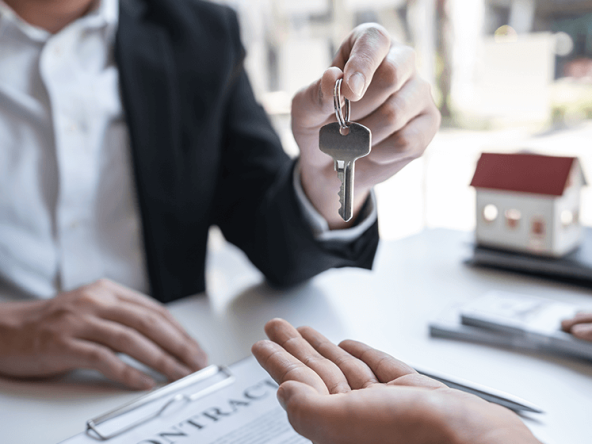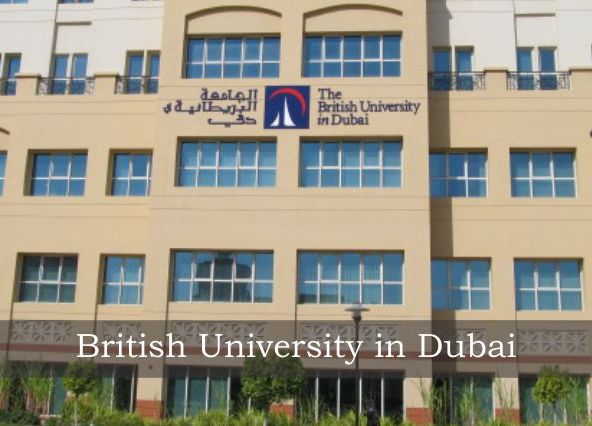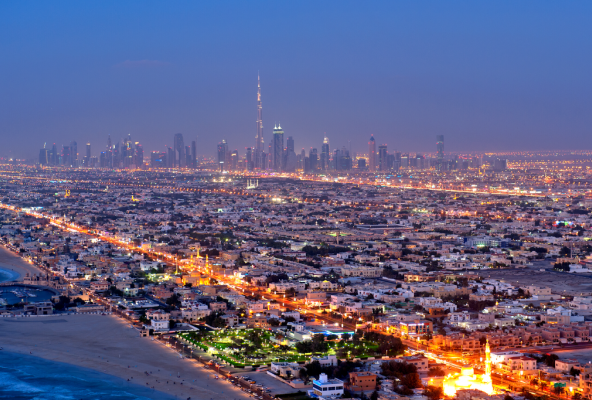Dubai is a city of superlatives, having risen from a poor fishing hamlet to an ultra-modern metropolis. It is home to the world’s tallest building, largest retail mall, largest picture frame, and largest indoor skiing centre.
Dubai has experienced rapid economic expansion since the 1950s, thanks to the oil boom. It also brought sparkling skyscrapers and global corporations, as well as luring talent to help the city grow. This metropolis, dubbed the “Manhattan of the Middle East,” became linked with excess, shopping, and luxury for many. Dubai’s opulent allure attracts over 15 million international visitors each year.
The sparkle and splendour of this melting pot, however, came at a cost that exceeded even the most extravagant shopping. The United Arab Emirates (UAE) has the world’s largest ecological footprint in 2010, according to the World Wildlife Fund, due to variables such as fuel use, private aircraft, limited public transportation, man-made islands, and inefficient structures. The UAE is still dealing with the issues of rapid growth and urbanization as a high-income emerging economy. Nonetheless, Dubai, the country’s economic powerhouse, is recognizing that the future must be green. The desert megacity aims to add another superlative to its resume by taking action on emissions: by 2050, Dubai hopes to be the world’s most sustainable city.
Over the next few decades, USD 163 billion in planned investments will be used to reorganize Dubai in order to meet its energy, water, and building needs in a sustainable manner.
Energy Revolution:
It would be impossible to reduce carbon emissions significantly without addressing energy challenges, especially in a natural resource-based economy. To this end, the UAE announced its “Energy Strategy 2050” in 2017. By 2050, the effort intends to increase renewable energy’s contribution to overall energy usage to 50% while reducing power generation’s carbon impact by 70%.
The Middle Eastern country has been drilling deep into the soil for oil since the 1950s, and the oil has influenced much of the country’s economic landscape. The UAE, on the other hand, has another undiscovered natural resource: the sun.
One of the major energy investments to power the city in a cleaner way is a record-breaking solar park emerging from the Dubai desert, which cost the government USD 13.6 billion. This park will generate some of the world’s cheapest and cleanest electricity.
By 2030, solar panels will be installed on the roofs of every building in Dubai.
Overhauling Public Transport:
All Dubai citizens, including the ruling class, relied on camels for transportation until recently. However, once the oil boom brought modern roads and infrastructure to Dubai in the mid-twentieth century, the city swiftly became a car-centric city. As part of Dubai’s 2050 goal, one of the top priorities for reducing carbon emissions is to assist inhabitants in ditching their automobiles by providing a dependable and efficient public transportation system.
Dubai metro is the world’s longest driverless and completely automated metro train network, with a length of 74.6 kilometres after certain investments. In addition, the megacity is home to the world’s first tram service that runs on subsurface power.
Dubai will test drone taxis, called “flying taxis,” and driverless transport pods in the near future, in a city where walking or cycling can be difficult owing to the heat.
Inducing Rain in the Desert:
Rain falls in Dubai infrequently, lasts for a short time, and occurs only a few times a year. However, the city’s population of almost 3 million people requires water. The opulent characteristics of Dubai, such as the numerous golf clubs, man-made islands, lavish parks, and the indoor skiing centre, raise the water needs. Despite being one of the world’s most water-scarce countries, the UAE has one of the highest per capita water usage rates in the world, at 550 litres per day.
Dealing with such inconsistencies necessitates a unique methodology, which Dubai possesses. It can rain or snow in the desert thanks to a meteorological manipulation technique known as “cloud seeding,” which involves introducing microscopic particles into clouds to make them rain or snow. The National Centre of Meteorology and Seismology can undertake dozens of successful experiments per month, despite the fact that it may damper the spirits of sun-seeking tourists.
Desalinization, an energy-intensive procedure that renders seawater drinkable, is still used heavily in Dubai. However, because solar expenditures are projected to make electricity in the country cheaper and cleaner, this process will have a lower environmental impact.
Water waste, which is exacerbated by insufficient water management networks, will be reduced by new infrastructure restrictions and improvements.
While climate change may bring new concerns regarding water wherever on the planet, the UAE Research Program for Rain Enhancement Science will help to maximize water security investments.
Low-carbon Buildings:
Buildings account for 32 percent of worldwide energy use and a quarter of global human-induced carbon emissions, according to the World Resources Institute. These stats are even more glaring in a country like the United Arab Emirates, where citizens rely extensively on air conditioners to keep cool amid the searing heat. Buildings in the UAE consume over 75% of all electricity generated in the country.
As a result, green buildings are high on the priority list in the quest to become the world’s most sustainable metropolis. The municipality of Dubai made it essential for all new buildings to be green in 2014.
The USD 354 million megaproject, The Sustainable City, was a promising development that aligned with Dubai’s 2050 goal. This solar-powered small city uses very little water and energy, yet it has a cutting-edge design. The Sustainable City, a private town on the outskirts of Dubai containing residential, recreational, and commercial sections, first opened its doors to inhabitants in 2016 and is expected to be finished in 2020. Within the next few decades, many more similar efforts are anticipated to spring up all around the desert city.
Green Desert:
The efforts to develop a sustainable Dubai, according to Karim El-Jisr, founder of the Sustainable City Institute in Dubai, “seemed a bit like a fantasy” at first, according to Reuters.
Yet, thanks to corporate and governmental partnerships, ingenuity, clever engineering, and foresight, the ideal is starting to produce fruit. El-Jisr believes that these sustainability efforts will become the norm in the near future. If a green and sustainable paradise in the middle of the desert can be built in Dubai, there’s no reason it can’t be done somewhere else.




